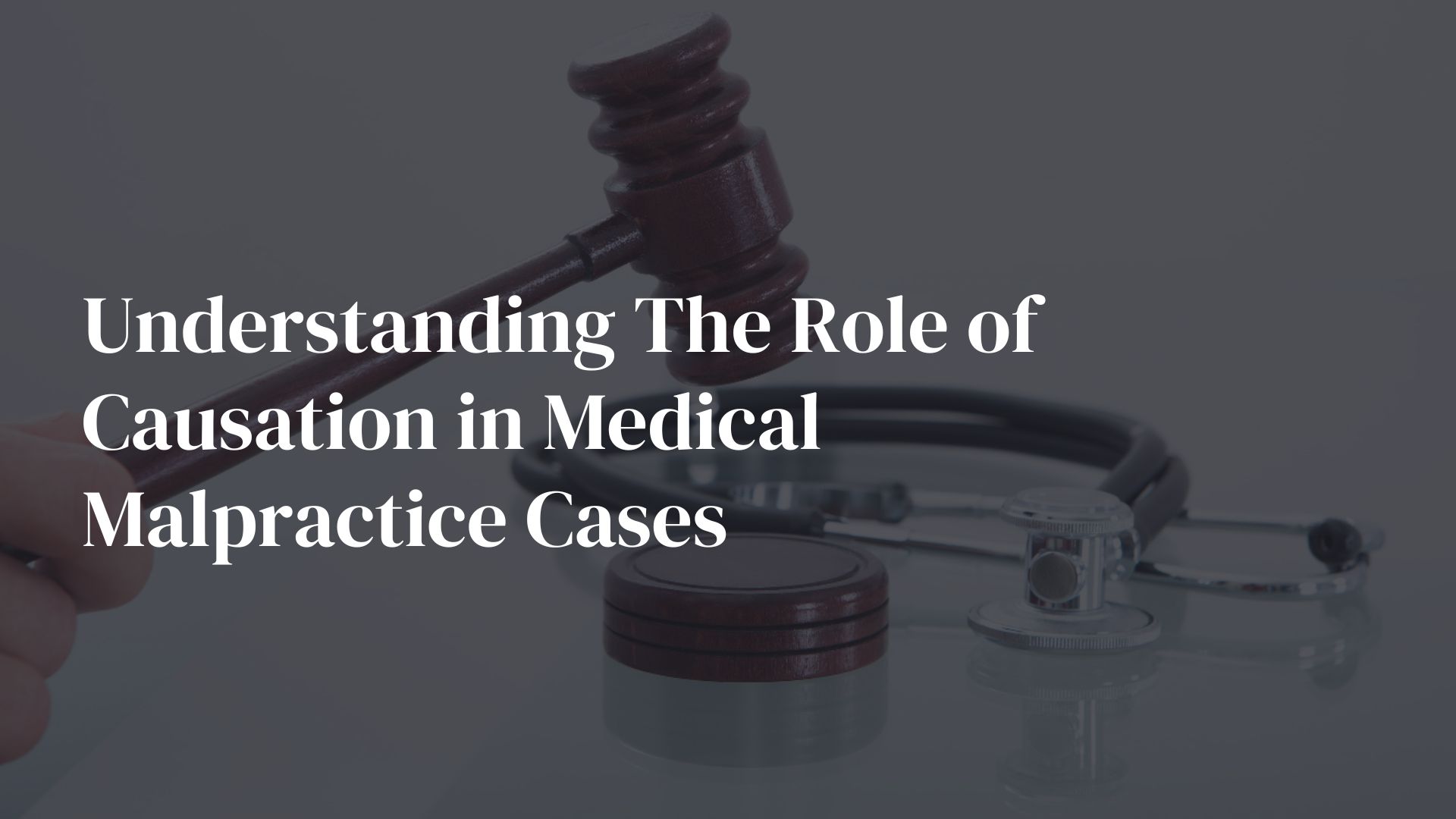Medical malpractice cases are complex legal battles that revolve around causation. When a patient alleges that they have suffered harm due to a healthcare provider’s negligence, establishing a clear link between the provider’s actions and the patient’s injuries is critical.
The Role of Causation
Causation, in the context of medical malpractice, essentially asks whether the healthcare provider’s actions or inactions were the direct cause of the patient’s injuries. To succeed in a medical malpractice claim, the plaintiff must demonstrate that the healthcare provider violated the standard of care and that this violation led to their harm. Establishing causation is often where these cases become legally and medically complex.
Proximate Cause
One of the central concepts in causation is proximate cause, which involves proving that the alleged negligence was the primary reason for the patient’s injury. This concept is critical because the patient may have pre-existing conditions or multiple risk factors in many medical malpractice cases. Therefore, the plaintiff must show that, but for the healthcare provider’s actions, the injury would not have occurred. Getting help from credible Hastings Law Firm, Medical Malpractice Lawyers is always advised for the above.
Expert Testimony
Expert testimony plays a crucial role in establishing causation in medical malpractice cases. Medical professionals, often from the same specialty as the defendant, provide expert opinions on whether the standard of care was breached and, if so, whether this breach directly caused the patient’s injuries. These experts help the court and the jury understands the complex medical aspects of the case.
Differential Diagnosis
Causation can be particularly challenging when the patient’s condition is not straightforward. In such cases, the defendant’s medical experts might argue that the patient’s condition could have resulted from various causes, not just the alleged negligence. To counter this, the plaintiff’s experts may use a process known as differential diagnosis to systematically rule out other potential causes and establish a strong link between the negligence and the injury.
Burden of Proof
In most legal systems, the burden of proving causation rests with the plaintiff. This means that it is the plaintiff’s responsibility to convince the court, through evidence and expert testimony, that the healthcare provider’s actions were the cause of their injury. Please meet this burden to avoid the case being dismissed.
The “But-for” Test
One common approach used to determine causation is the “but-for” test. This test asks whether the patient’s injury would have occurred “but for” the defendant’s negligence. In other words, would the patient have suffered the harm if the healthcare provider had not acted negligently? If the answer is yes, the plaintiff may have a strong case for causation.
Causation is critical in medical malpractice cases, often serving as the linchpin of a plaintiff’s argument. Establishing a clear link between the healthcare provider’s actions and the patient’s injuries can be legally and medically intricate. It relies heavily on expert testimony and evidence to prove that, but for the provider’s negligence, the patient’s harm would not have occurred. The burden of proof falls on the plaintiff to make this connection, and, with the complexities of the healthcare field, causation remains a challenging aspect of medical malpractice litigation.
Hastings Law Firm, Medical Malpractice Lawyers, 4041 North Central Avenue Suite 565 Phoenix, AZ 85012, 602-726-4617
